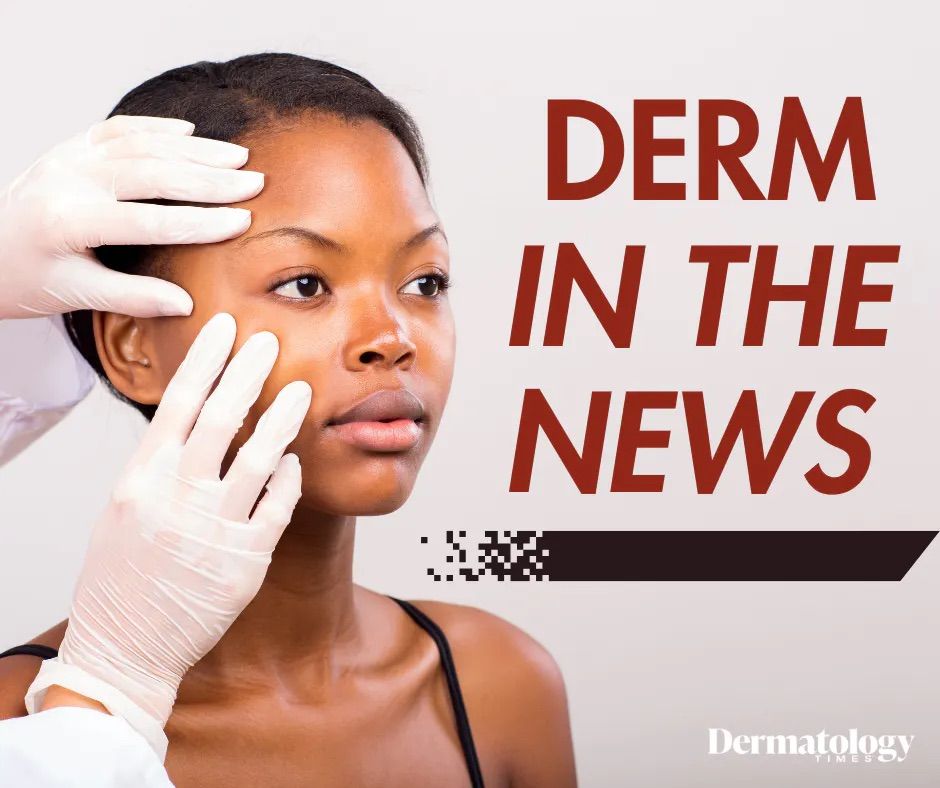Patient-Forward Rundown
Top headlines from this week to share with your patients:
News
Article
Author(s):
Keep up with the latest headlines in dermatology from the past week, including one dermatologist's journey with vascular birthmarks, award recipients, and more.

Dermatologist Caitlin Peterman, who has a personal connection to vascular anomalies due to being born with one herself, recently joined UC Davis Health's Department of Dermatology. In her work, she treats both children and adults with vascular anomalies. These anomalies are categorized into tumors and malformations, with various treatment options available including laser therapy, surgery, medication, and sclerotherapy. Peterman's personal experience with a birthmark allows her to connect with her patients on a deeper level, providing reassurance and understanding. She aims to extend her expertise to rural communities to improve access to care.
Donald A. Glass II, MD, PhD, FAAD, an associate professor at the University of Texas Southwestern Medical Center, has been awarded the inaugural Sanofi and Regeneron Diversity, Equity, and Inclusion (DEI) Mid-Career Award by the Dermatology Foundation (DF) and the Skin of Color Society (SOCS). The award recognizes Glass's expertise in keloids research and aims to support his investigation into "Genetics, Comorbidities and their Association with Keloids." Glass's selection underwent a rigorous evaluation process aligned with NIH grant procedures. Applications for the 2025 Sanofi and Regeneron DEI Mid-Career Award will open in mid-September 2024, offering further opportunities to support research benefiting patients of color.
Top headlines from this week to share with your patients:
Following the departure of a team of NHS consultants in Worcestershire, severe skin condition patients, including cancer patients, faced treatment delays. Worcestershire Acute Hospitals NHS Trust attributed the collapse of acute dermatology services to a series of resignations and retirements. Currently, over 2,350 dermatology patients in the county await diagnosis or treatment.
Researchers at the University of Oregon and L’Oréal have collaborated to develop a multilayered artificial skin model, aiming to closely resemble the complexity of real human skin. Led by Associate Professor Paul Dalton, the innovation utilizes a novel 3D printing technique enabling the creation of a 2-layered artificial skin with a separating membrane, mirroring natural skin structure. This allows for the reproduction of various cell types at full thickness while maintaining separation, crucial for mimicking real skin environments accurately. Both research teams envision diverse applications in skin tissue engineering, including diabetic foot ulcers and burn patient treatments. The FDA-approved materials used in the scaffold streamline the path to real-world application, with potential for global impact on medical research.
Have you seen any dermatology headlines this week that we may have missed? Share with us by emailing our team at DTEditor@mmhgroup.com.
Like what you’re reading? Subscribe to Dermatology Times for weekly updates on therapies, innovations, and real-world practice tips.